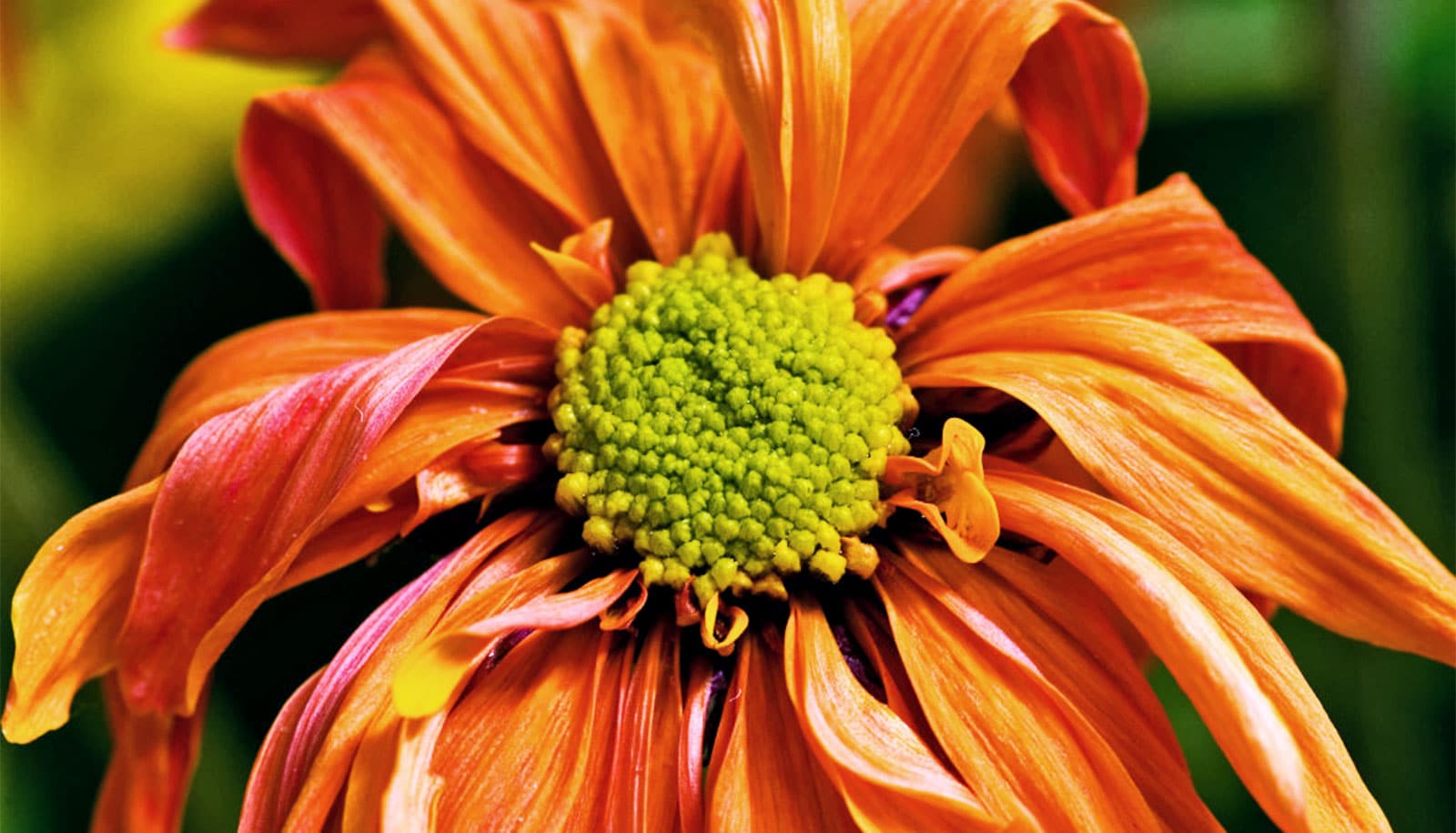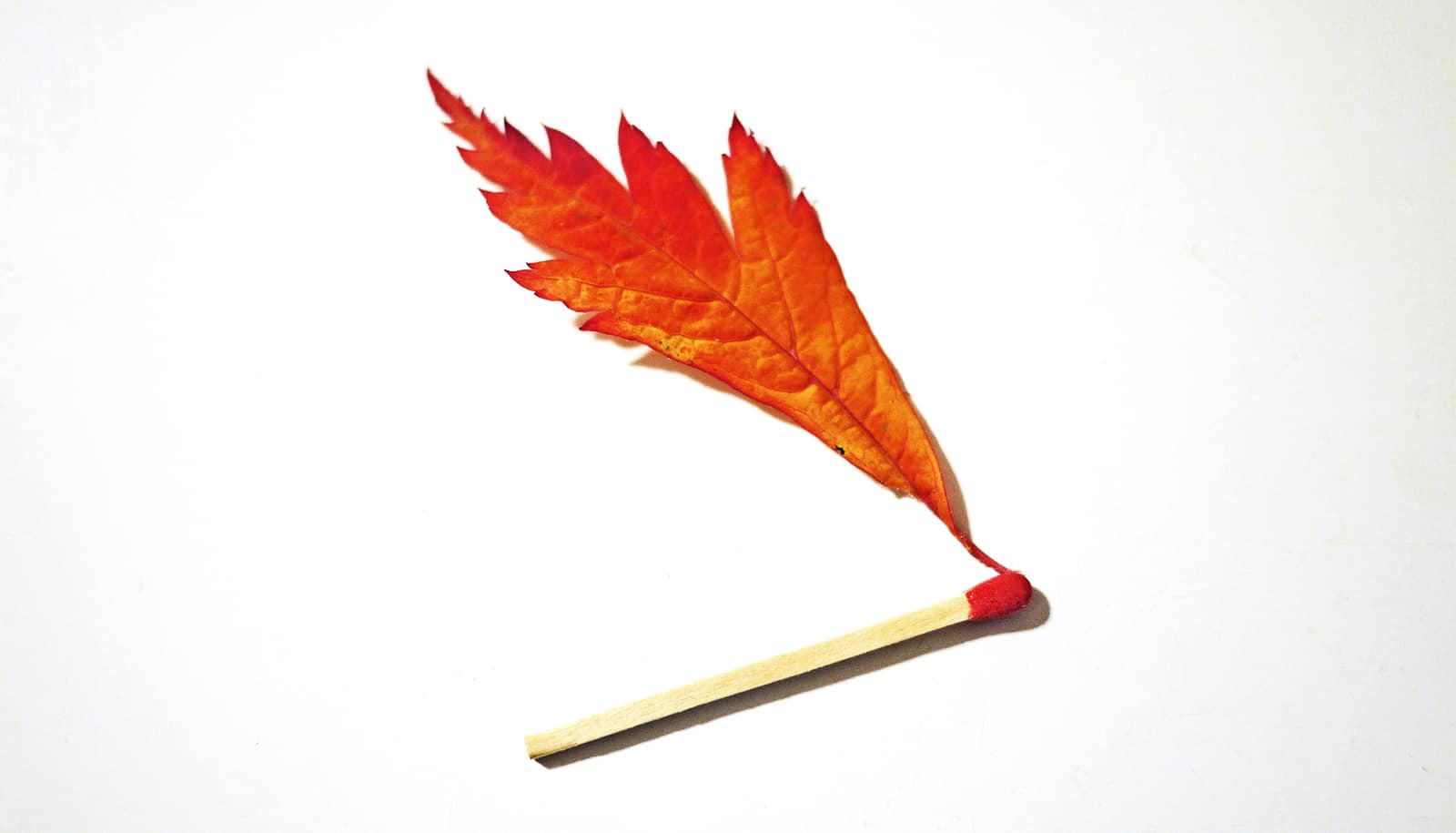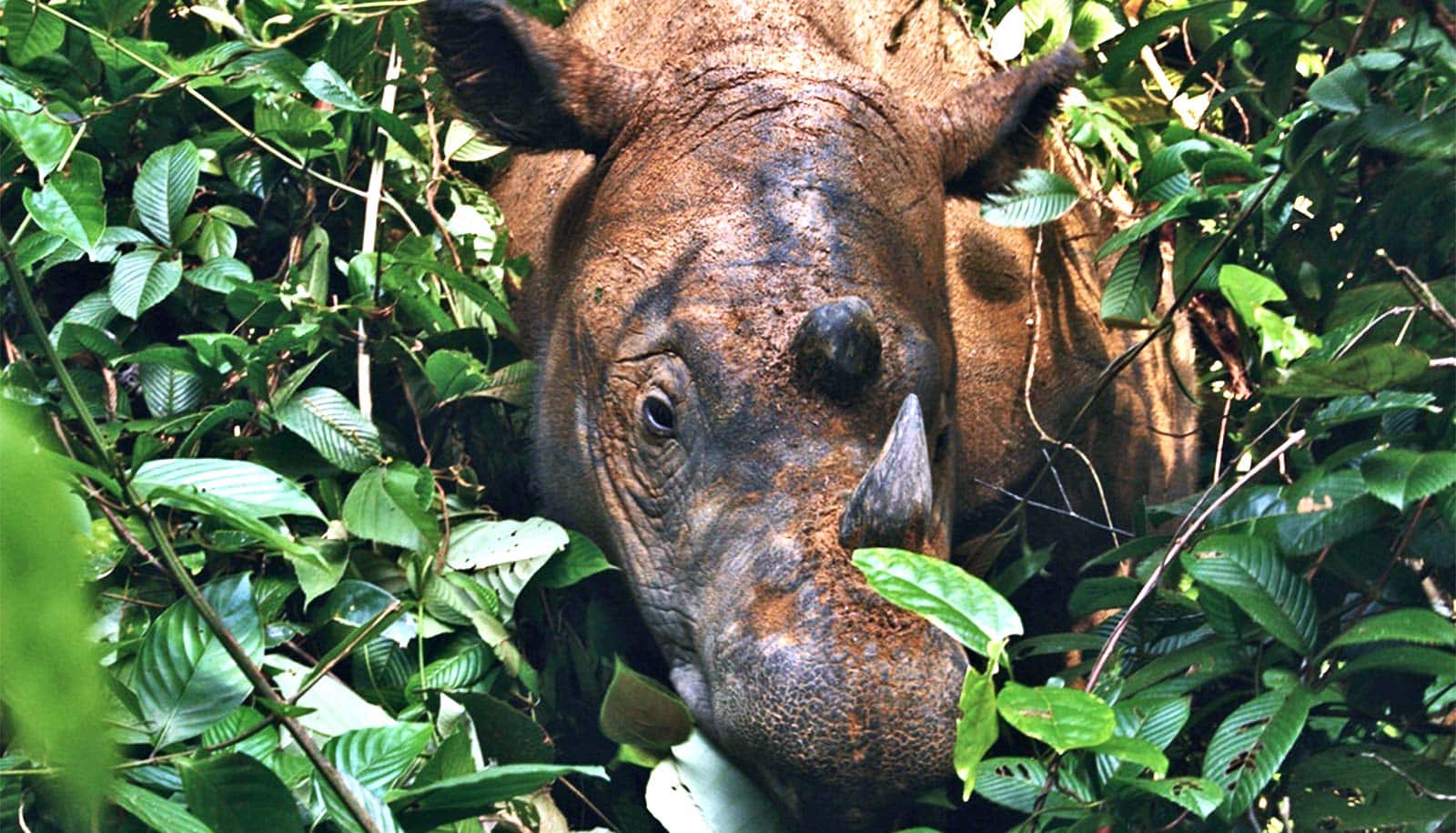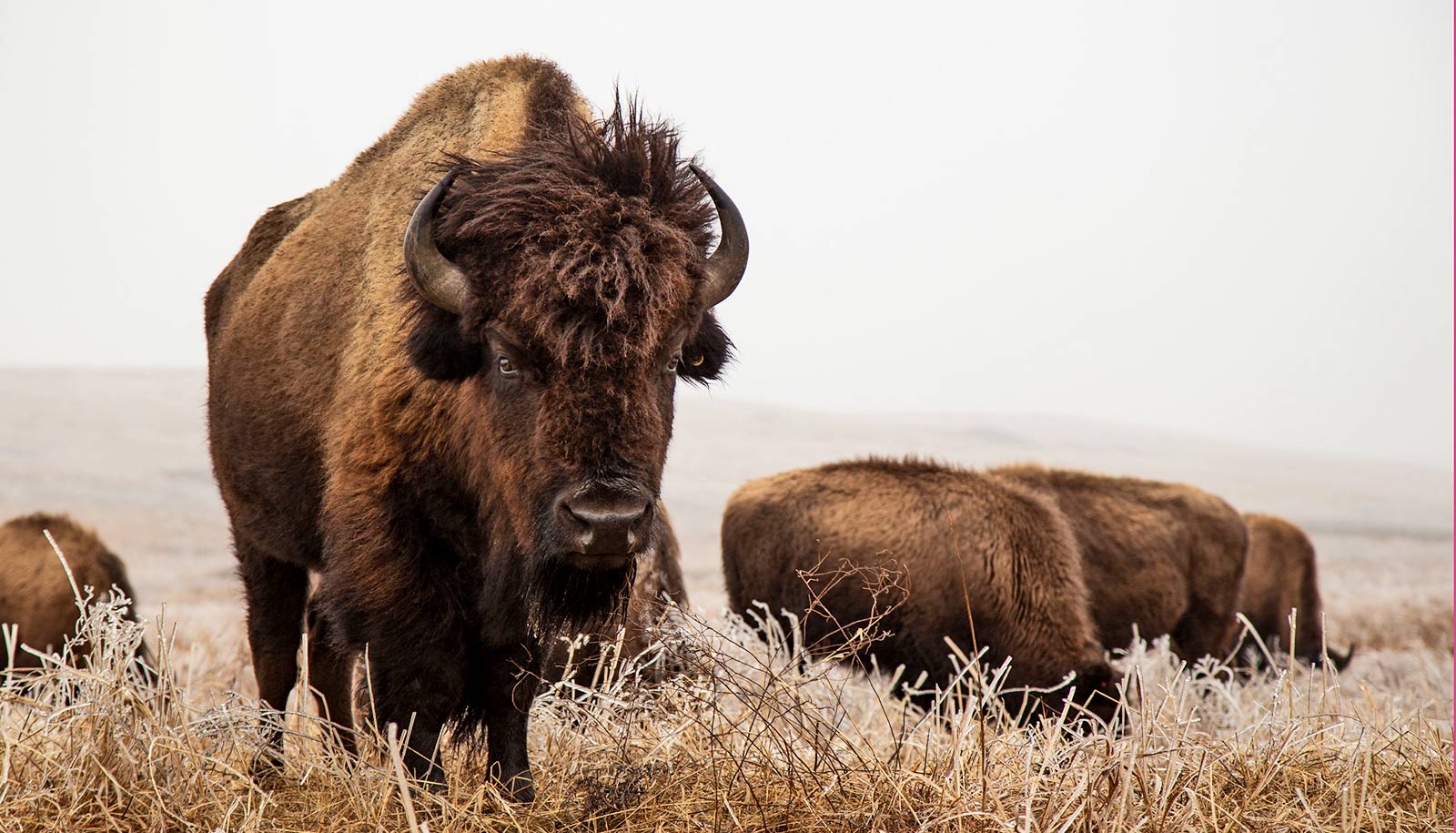A new study reveals that 65 plant species have gone extinct in the continental United States and Canada since European colonization.
That’s more plant extinctions than any previous scientific study has ever documented.
The team found that most plant extinctions occurred in the western United States, where the vegetation was minimally documented before widespread European settlement.
Since many extinctions likely occurred before scientists analyzed an area, it is likely the 65 documented extinctions underestimate the actual number of plant species that have been lost. Previous studies documented far fewer plant extinctions on the North American continent.
In Washington state, the team found two confirmed extinctions: the thistle milk-vetch, or Astragalus kentrophyta var. douglasii, and the pale bugseed, or Corispermum pallidum. While neither of these Eastern Washington species were ever abundant, their disappearance is likely due to the human impact of changing land use. This has also dramatically reduced the populations of countless other species, many of which are likely to follow these into extinction, unless efforts to protect what remains of native habitat are stepped up.
“Preventing extinction is the lowest bar for conservation success we can set, yet we are not always successful,” says Wesley Knapp of the North Carolina Natural Heritage Program, who led the research team.
“This study started as an academic question but later developed into an opportunity to learn from what we have lost. By studying the trends and patterns of plants that have already gone extinct, hopefully we can learn how to prevent plant extinction going forward,” Knapp says.
Of the 65 documented extinctions in the report, 64% were known only from a single location. While conservation often focuses on protecting entire landscapes, this finding points to the importance of small-scale site protection to prevent extinctions.
Extinct species are still being described from old herbarium specimens, underscoring the importance of continued documentation of the flora and supporting museum collections like the Burke Herbarium.
Corispermum pallidum, one of the species extinct in Washington, was first collected in 1893. Yet the species wasn’t formally “discovered” until much later when it was first described as a new species posthumously in 1995. Only a handful of herbarium specimens exist today. The Burke has three, including one of the two collections from 1893 and the last known collection from 1931.
“There is no living memory of either of these species today,” says Richard Olmstead, a professor of biology and curator of the University of Washington’s Burke Museum Herbarium. “Herbarium collections record our flora as it was historically and provide documentation of change, and loss, over time, whether through direct human impact, or indirectly through climate change and the impact it will have on plants.
“Documenting extinction is difficult, but herbarium records can say where and when a species was last observed and guide the search for surviving members,” Olmstead says.
To answer the overarching question of what exists and where, the researchers cross-checked thousands of records to ensure accuracy, discovering that botanical gardens occasionally harbored the last of an extremely rare species and may not have been aware of it.
Plants serve as the foundation for most terrestrial ecosystems. The predicted rise of extinction rates over the next century adds even greater urgency to the need to document plant extinctions.
Anne Frances, lead botanist at NatureServe, says, “In most cases, we can stop plants from going extinct, we just need the resources and commitment to do so.”
Their findings appear in Conservation Biology.
Note: This post was adapted from a press release by the North Carolina Department of Natural and Cultural Resources.
Source: University of Washington



